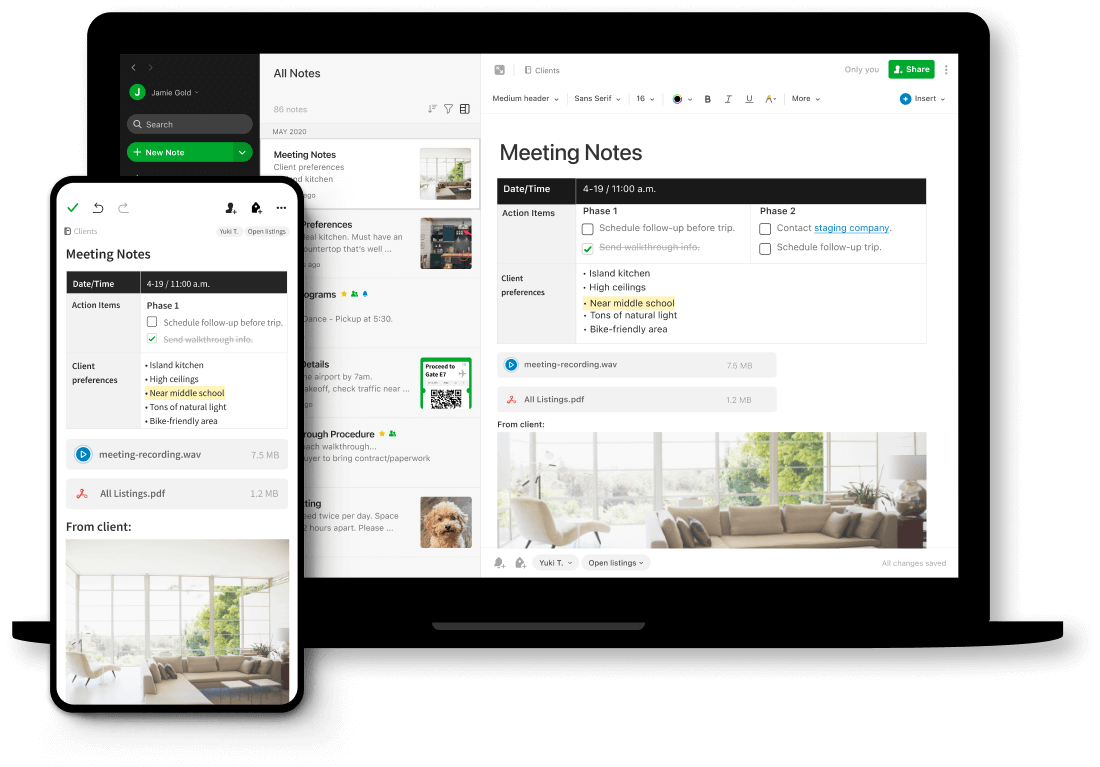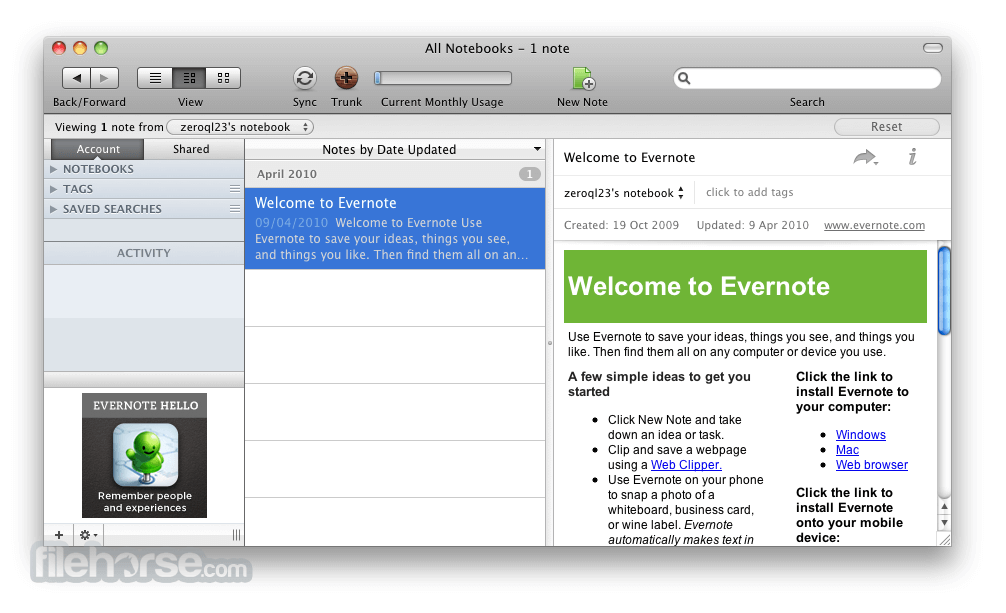
If you're an Evernote user, you might go through a similar adjustment period when switching to another note-taking app.

So you have to rethink the purpose of the space and all your assumptions about organizing your things into it. Whoever built all these drawers and shelves designed them for you to put your belongings. That's how it feels when you get used to a productivity app and then switch to an alternative. Imagine taking all your clothes out of your closet and trying to rearrange them into your kitchen cupboards.


There's also a business version if you're working with a large team.įor this tutorial, we'll focus on what can be accomplished with the free version, and where a paid plan is required, we'll call that out. But the premium version has extra features, like the ability to create contact notes from photos of business cards, providing automated suggestions to related notes, and integration with more software like Slack and Microsoft Teams.

The free account (Evernote Basic) won't limit you in how many notes you take or how long you can use the product. Note that in this tutorial, all the screenshots are from the web version of the app, but it's similar enough across platforms that you should be able to follow along on any device.Ī quick note about the plan options.


 0 kommentar(er)
0 kommentar(er)
